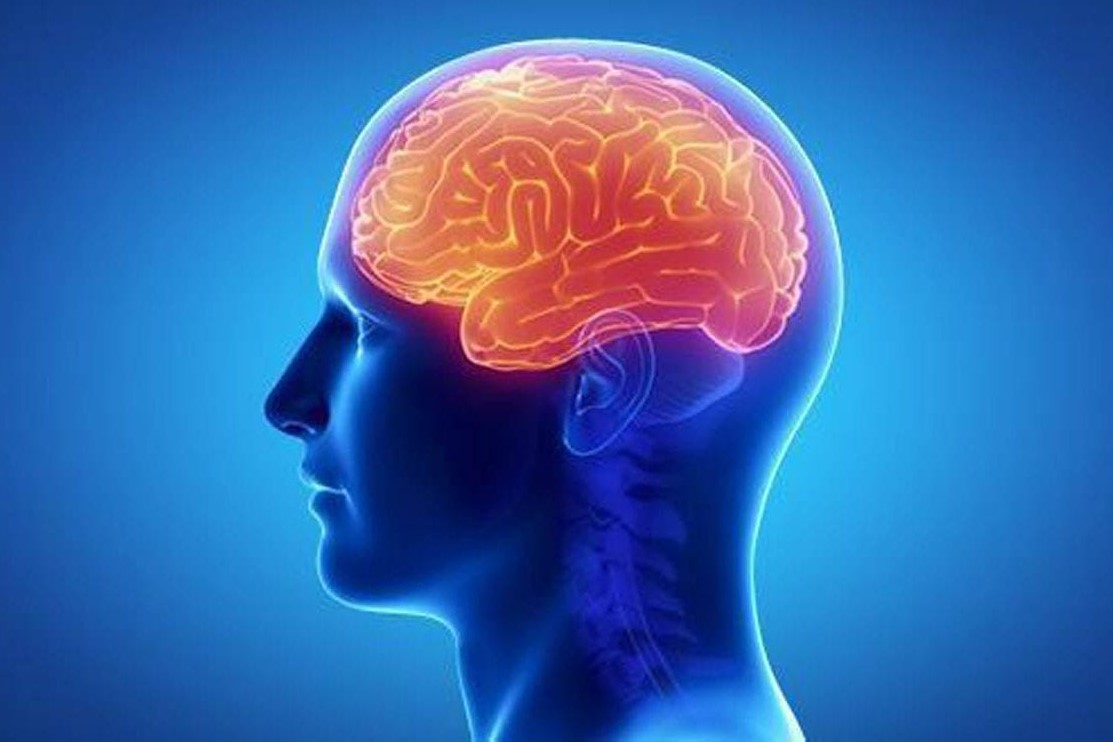
Neurotoxoplasmosis (NTX): Toxoplasma Encephalitis
Toxoplasma encephalitis, or Neurotoxoplasmosis (NTX), is the opportunistic disease that most frequently affects the central nervous system of AIDS patients
Toxoplasma infection is widespread throughout the world, but in most healthy people the infection runs absolutely asymptomatically, i.e. without any obvious signs of disease.
On the contrary, in AIDS patients it can cause rather severe clinical pictures, with the formation of abscess lesions located in various parts of the brain and cerebellum.
Toxoplasma encephalitis, or Neurotoxoplasmosis (NTX): this is a zoonosis, i.e. an infection transmitted to humans by animals
Toxoplasma, which is a protozoan, can infect all types of mammals, but the definitive host is the cat, which, once infected, eliminates Toxoplasma cysts with its faeces.
Ingestion of food or substances contaminated with cat faeces causes infection of various animals, including sheep, pigs and cattle.
In these animals the parasite localises mainly in muscle tissue in the form of cysts.
Humans can then become infected by eating meat parasitised by these cysts (if raw or undercooked), contaminated vegetables, or directly by contact with cats.
In European countries of the Mediterranean area (Italy, France and Spain), the prevalence of infection in the adult population is rather high (50-70%), whereas it is lower in the United States (10-40%).
In the infected human, the immune system manages in most cases to control the parasite, either through the production of antibodies or through the cell-mediated immune response; this response, however, is unable to completely eliminate the pathogen, which is able to ‘nest’ in the form of cysts in certain tissues, mainly in the muscles and brain.
Subsequently, immune surveillance is able to keep these cysts silent for an unlimited time.
In persons with AIDS, on the other hand, in whom cell-mediated immunity is severely compromised, this surveillance becomes insufficient, so that Toxoplasma is able to reactivate and give rise to the abscess formations that characterise the disease.
Clinical picture and diagnosis of Toxoplasma encephalitis, or Neurotoxoplasmosis (NTX)
NTX often begins subacutely, and is initially manifested by headache and fever.
Sometimes, however, it begins suddenly with focal neurological symptoms such as seizures or motor deficits (paresis), or with a coma-like state.
The main diagnostic tool is the CT scan of the brain, which shows a very typical picture: lesions appear, sometimes single but more often multiple, characterised by a hypodense appearance (i.e. of a different colour to the surrounding brain tissue) surrounded by a typical lighter ring formed by an accumulation of the contrast medium.
There is often an area of oedema around the lesions, which compresses the surrounding brain structures and thus causes the clinical symptoms.
MRI can provide more detail on the lesions, but it is usually not necessary to perform it before CT scans.
In cases of diagnostic doubt, e.g. due to a non-typical presentation on CT scan, or in the case of a single lesion, more frequently found in other diseases such as primary brain lymphoma, it may be necessary to perform a histological examination by brain biopsy.
Toxoplasma encephalitis, literature references
U.S. Public Health Service (USPHS) and Infectious Diseases Society of America (IDSA): 1999 USPHS/IDSA Guidelines for the Prevention of Opportunistic Infections in Persons Infected with Human Immunodeficiency Virus.
MMWR Recommendations and Reports, August 20, 1999 / Vol. 48 / No. RR-10.
Available at: www.hivatis.org
Furrer H, Egger M, Opravil M, et al: Discontinuation of primary prophylaxis against Pneumocystis carinii pneumonia in HIV-1-infected adults treated with combination antiretroviral therapy. N Engl J Med 340:1301-6, 1999.
Read Also:
Emergency Live Even More…Live: Download The New Free App Of Your Newspaper For IOS And Android
FDA Warns On Methanol Contamination Using Hand Sanitizers And Expands The List Of Poisonous Products
Poison Mushroom Poisoning: What To Do? How Does Poisoning Manifest Itself?
Hydrocarbon Poisoning: Symptoms, Diagnosis And Treatment
Mercury Poisoning: What You Should Know
Irritant Gas Inhalation Injury: Symptoms, Diagnosis And Patient Care
Respiratory Arrest: How Should It Be Addressed? An Overview
Smoke Inhalation: Diagnosis And Patient Treatment
Emergency Rescue: Comparative Strategies To Exclude Pulmonary Embolism
Pneumothorax And Pneumomediastinum: Rescuing The Patient With Pulmonary Barotrauma
Barotrauma Of The Ear And Nose: What It Is And How To Diagnose It
Decompression Sickness: What It Is And What It Causes
Seasickness Or Car Sickness: What Causes Motion Sickness?
Identifying And Treating Carbon Monoxide Poisoning
Cadmium Poisoning: Symptoms, Diagnosis And Treatment
First Aid In Case Of Food Poisoning


